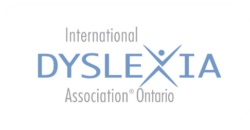“No More Strategy of the Week”: Considerations for Connecting Comprehension Instruction Back to the Book
In this article, the authors present some considerations for abandoning decontextualized strategy instruction and instead provide some ideas for how to shape comprehension instruction around the texts we use in the classroom. They offer some guiding theories, some key considerations, and they present examples for classroom teachers.




